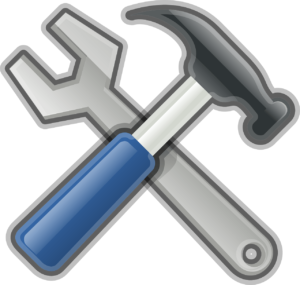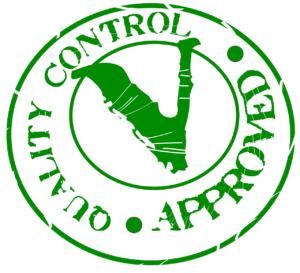
Demand Forecasting & Inventory Planning :
These inter-related tasks can be carried out with a far greater efficiency with data analysis practices in place. Demand forecasting facilitates controlling inventory better and reduce expenditure & storage space. It also helps streamline the supplier-manufacturer relations, as both parties can regulate their operations and co-ordinate better, ensuring the least possible lead time.
How do we do it?
Demand forecast takes into account a lot of factors such as raw material availability, seasonality, market conditions etc. This is a multivariate regression problem which extrapolates demand based on historic data. Inventory planning is a direct function of the demand forecast model’s output.
Preventive Maintenance of machinery :
Based on vital statistics recorded on a functioning machine, the likelihood of its failure can be predicted in a given time frame. The objective here is to maximize the utilization of machineries, while predicting a possible failure just in time to perform maintenance activities, in order to minimize down time.
How do we do it?
There are two approaches to this problem. A classification model can tell us the likelihood of the failure of a machine a given time frame. When the likelihood goes above a threshold value, maintenance is performed. Alternatively, a deep learning model can predict the Remaining Useful Life (RUL) of a machinery at any given time, based on its vital statistics.


Warranty Analysis :
A significant part of the revenue goes into warranty claims each year, for most manufacturing companies. By leveraging the data on these claims, it is possible to identify areas that cause the biggest revenue loss. Areas within manufacturing, which require streamlining/ improvement can be identified, in order to minimize warranty losses.
How do we do it?
Within the warranty claims data, clustering algorithms can find patterns, such as most frequently occurring issues, cost incurred on fixing issues, time spent on each type of issue etc. By analysing these metrics, crucial areas that are most prone to faults can be identified and appropriate corrective measures can be taken to minimize warranty claims.
Price Optimization :
This domain of analysis predominantly deals with finding the price sweet spot that is optimal for both manufacturers and customers. The final cost of a product is a function of cost of raw materials, logistics costs, distribution costs etc. Price Optimization aims at minimizing costs in areas where it is possible without affecting the product quality.
How do we do it?
Price data from both internal sources and competitor products are taken into account and the possibility of cost reduction at each step of the manufacturing process is considered, in order to arrive at a competitive price, while maximizing profits.


Product Quality Improvement :
The objective of this exercise is to identify areas that are most prone to quality breaches and thus focusing resources and efforts specifically on them. This greatly reduces quality assurance costs, which in turn can bring down the final price of the product.
How do we do it?
Pattern recognition and predictive analytics done using historical quality assurance data can reveal risky areas, which require the most attention. This significantly reduces the number of quality control tests to be performed before bringing a product to the market. Sensor data analysis can detect manufacturing defects early, which reduces the time and cost related to adjusting the production processes.


